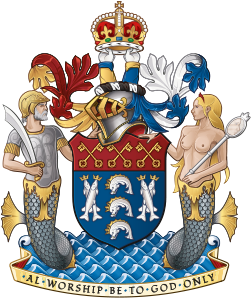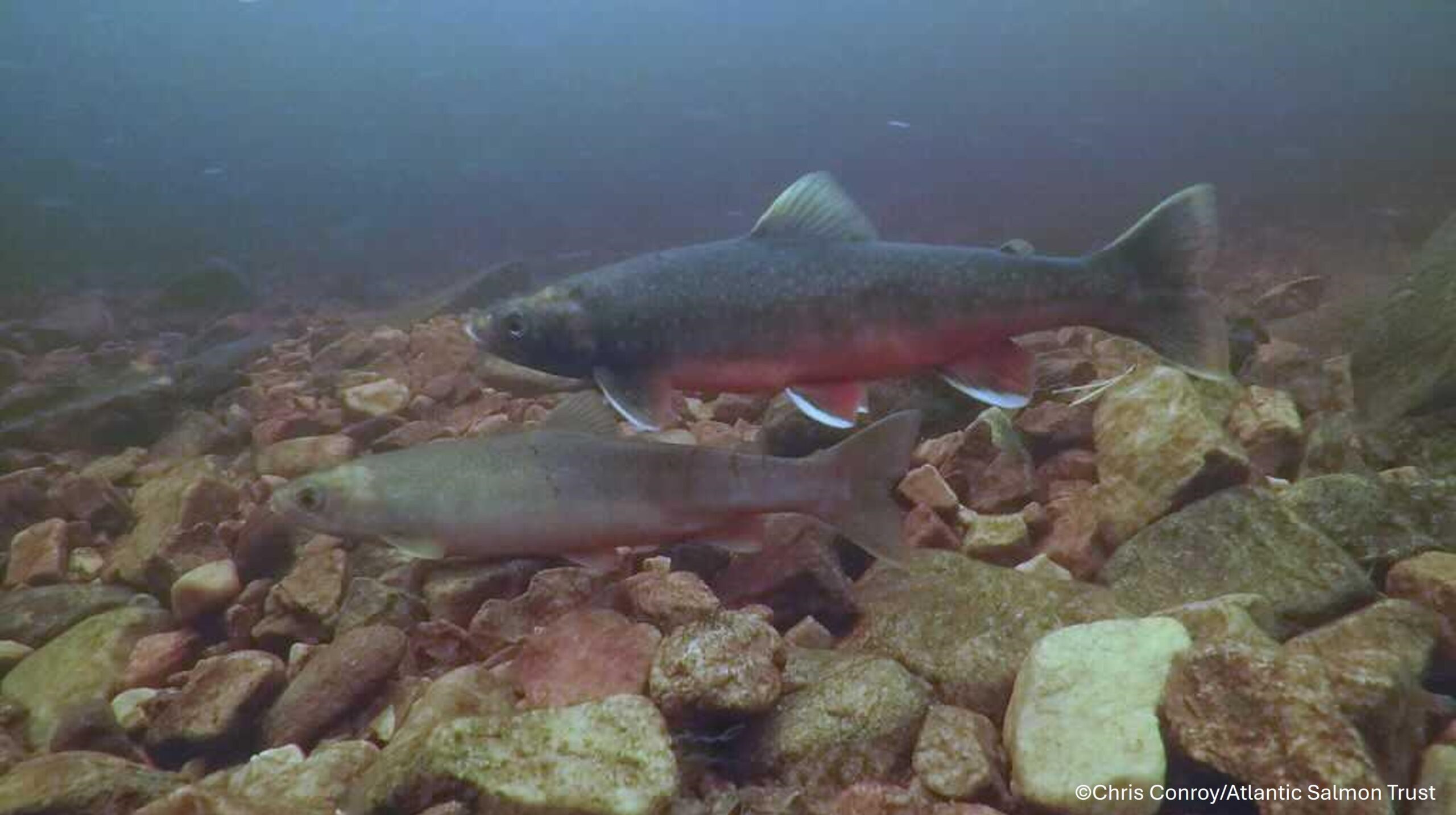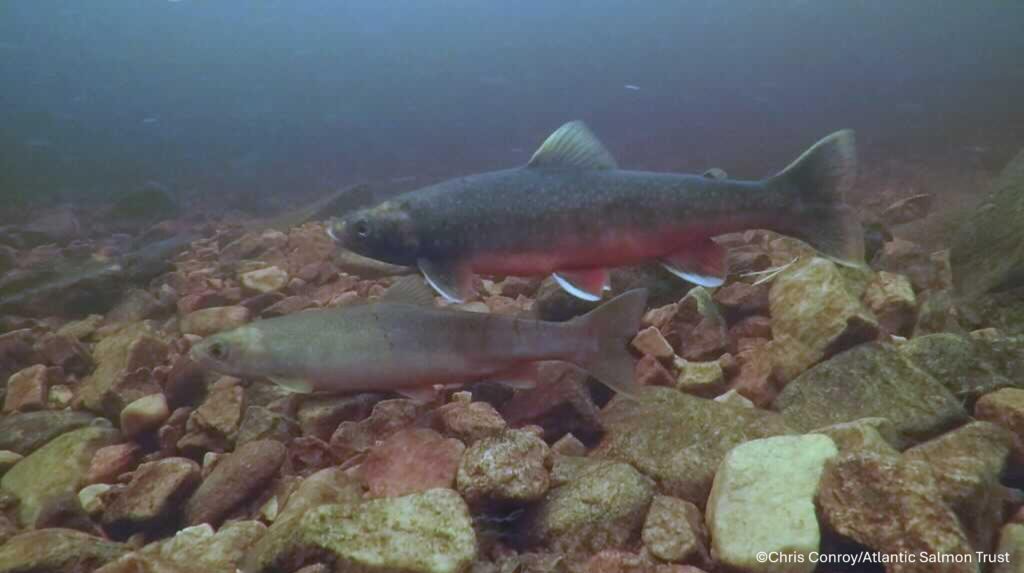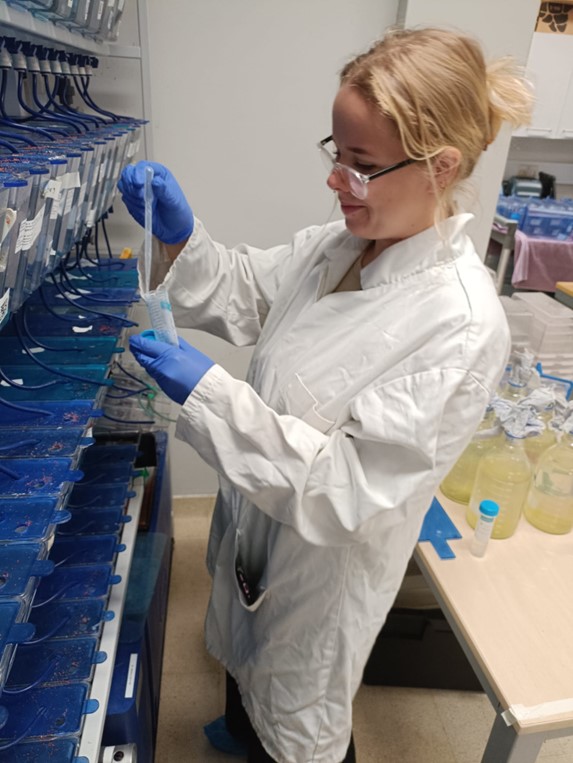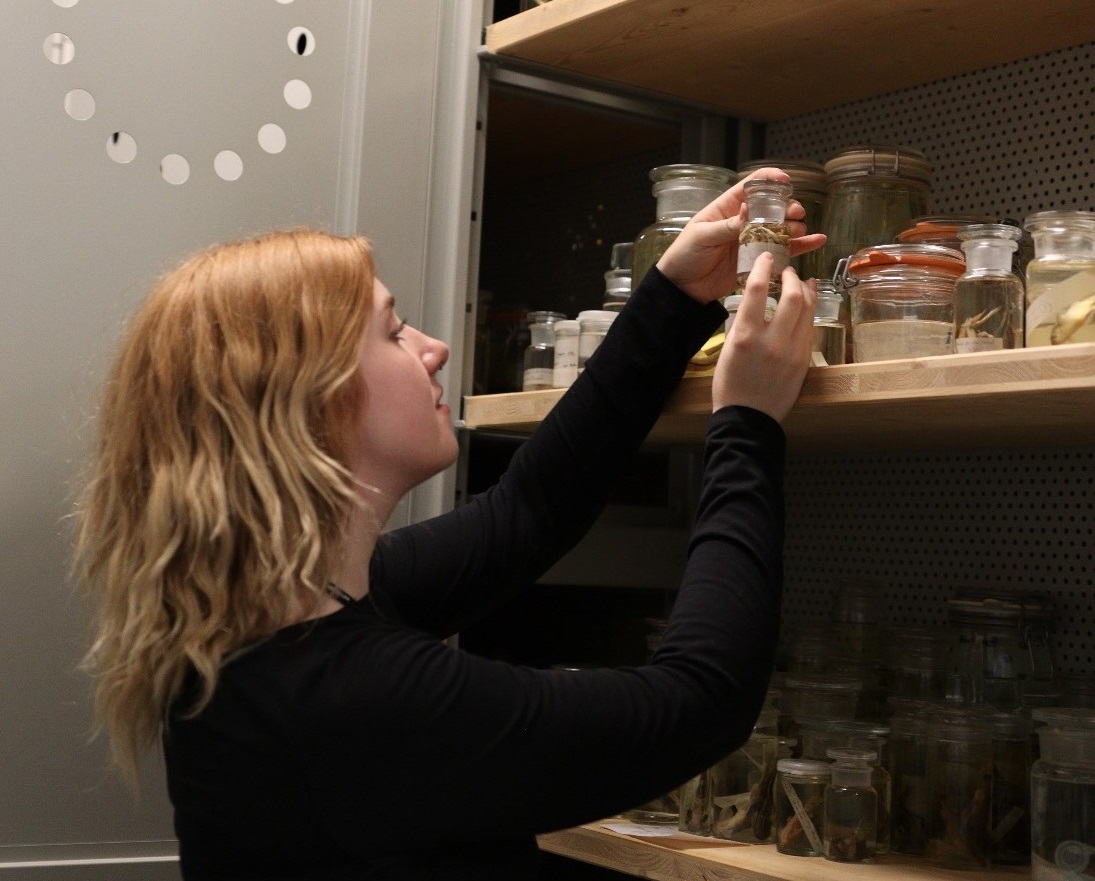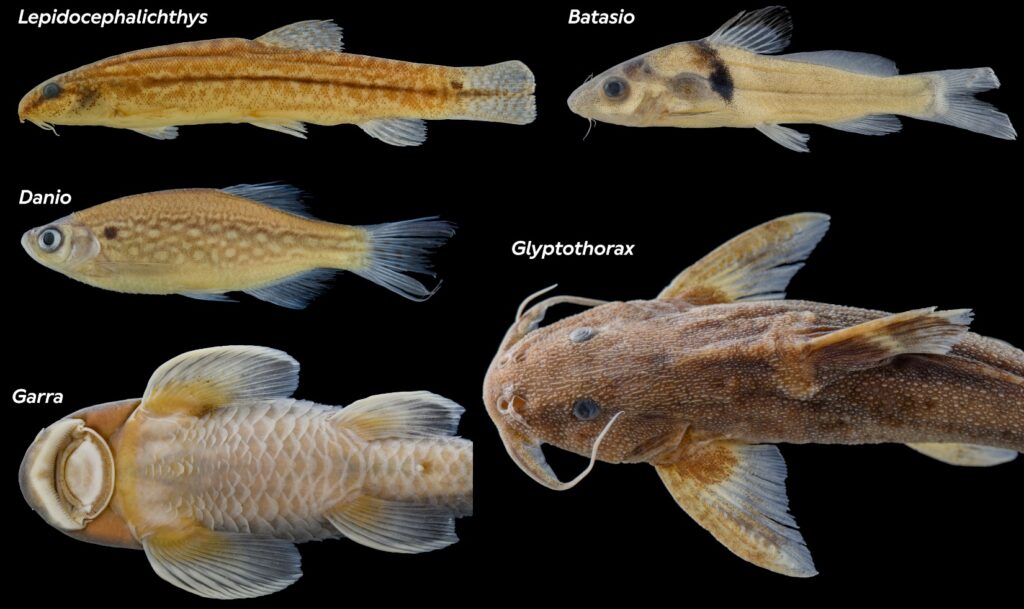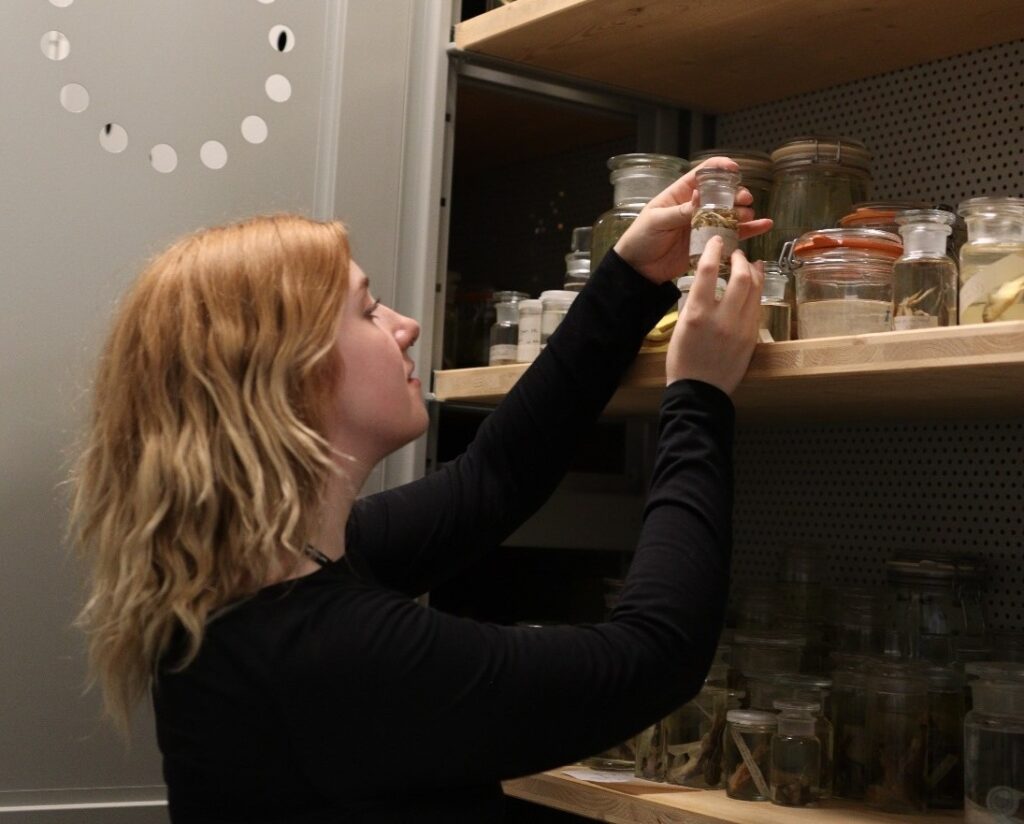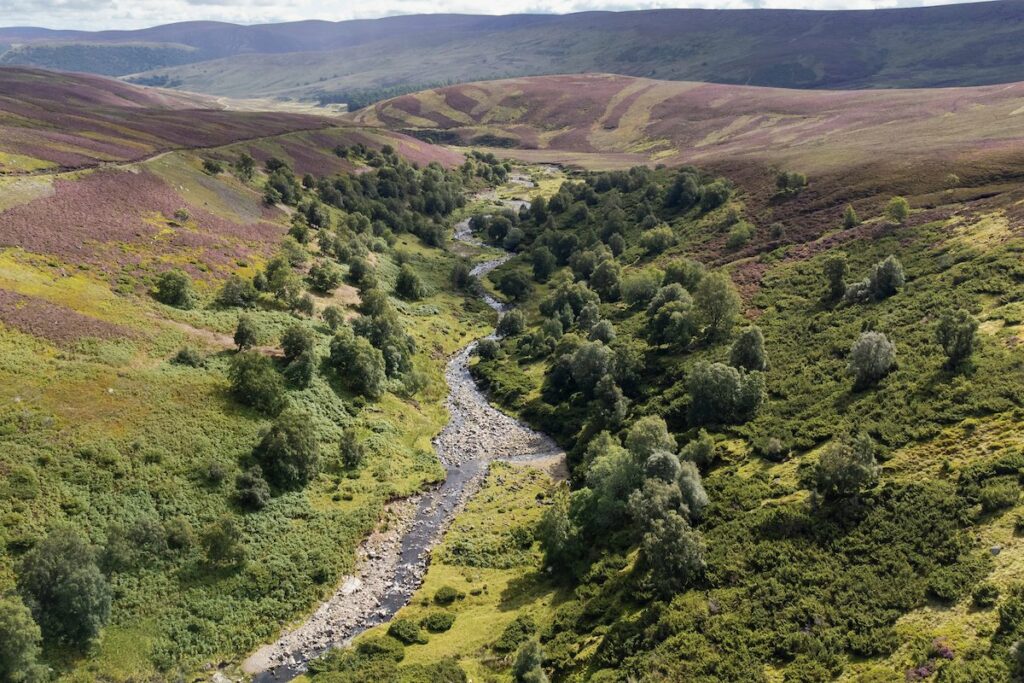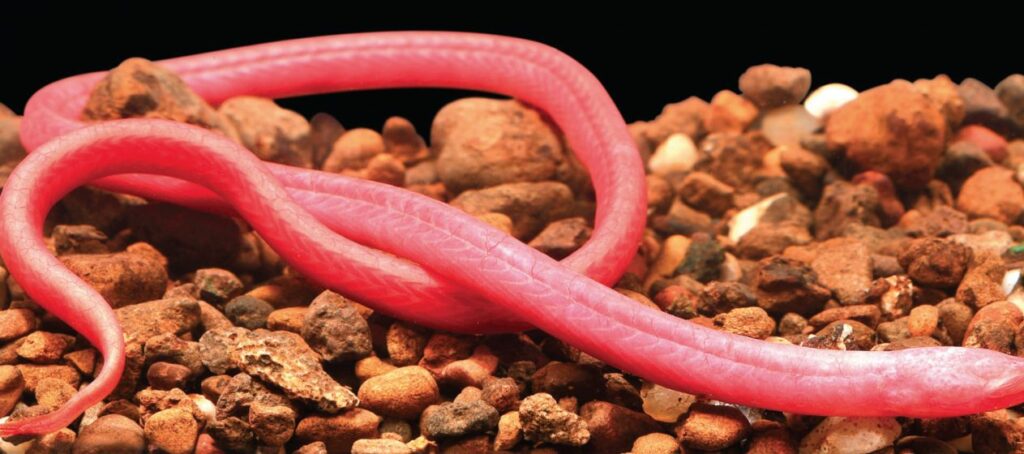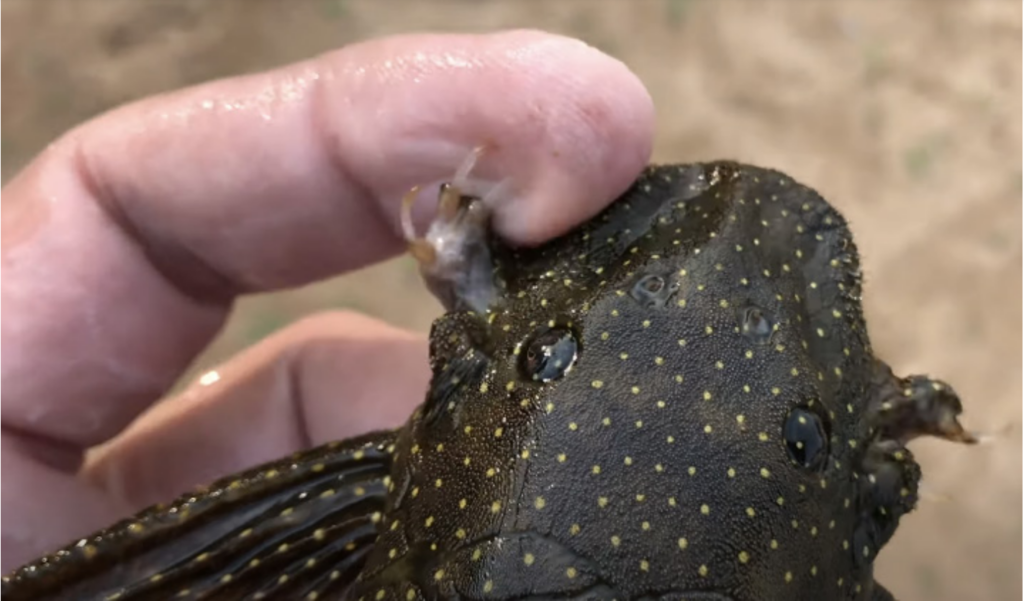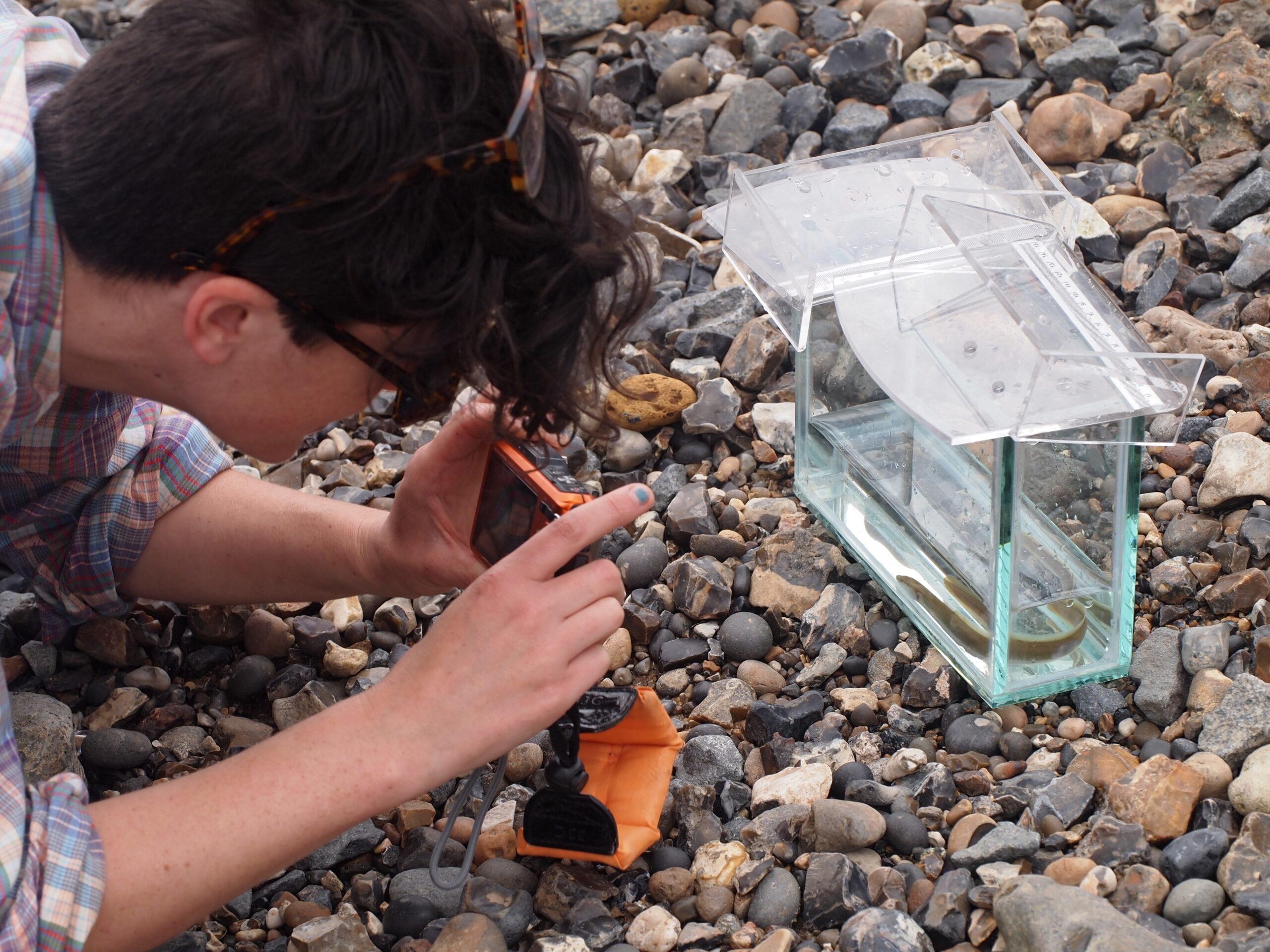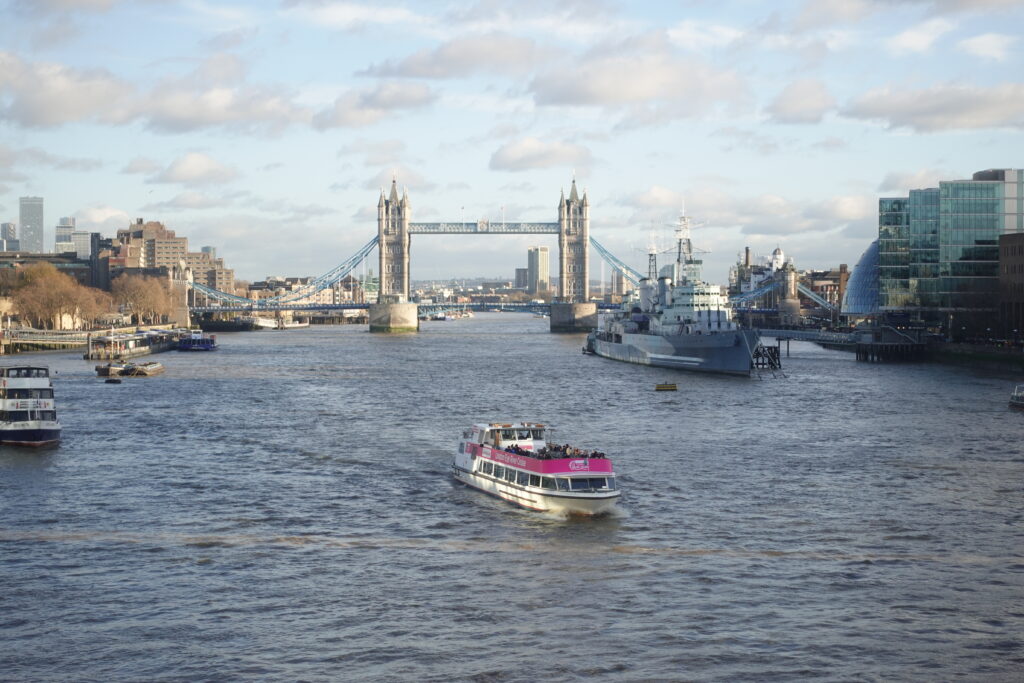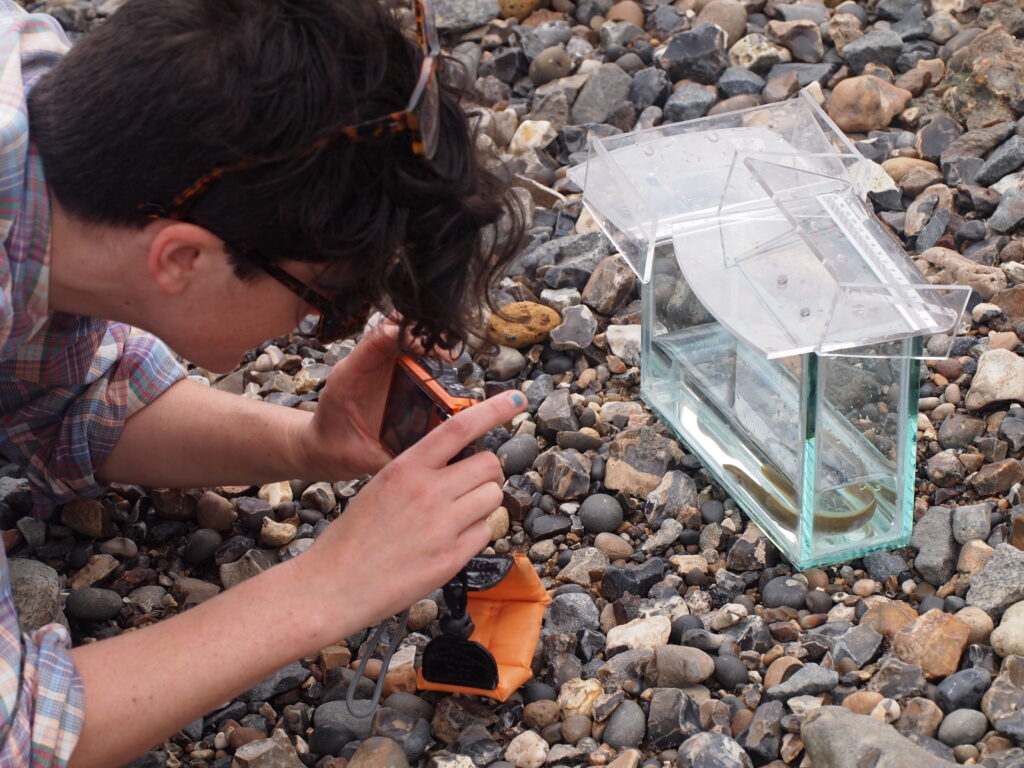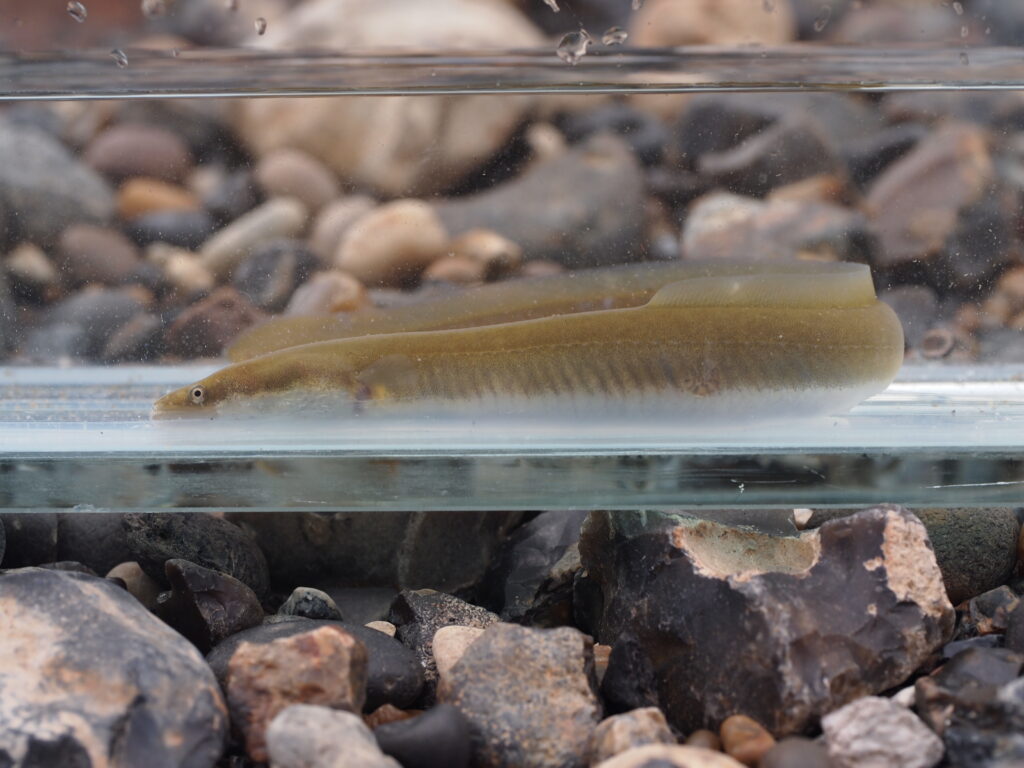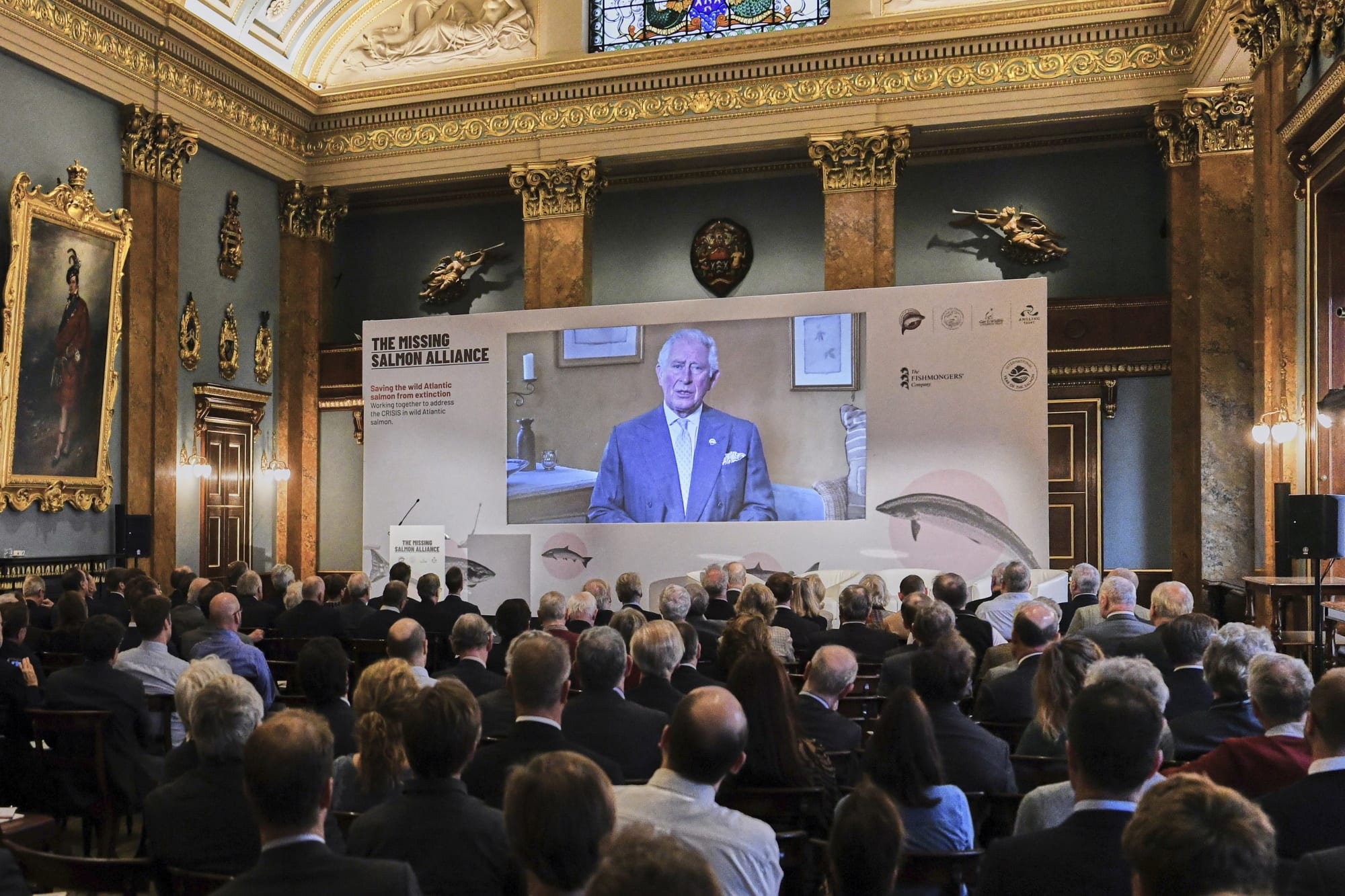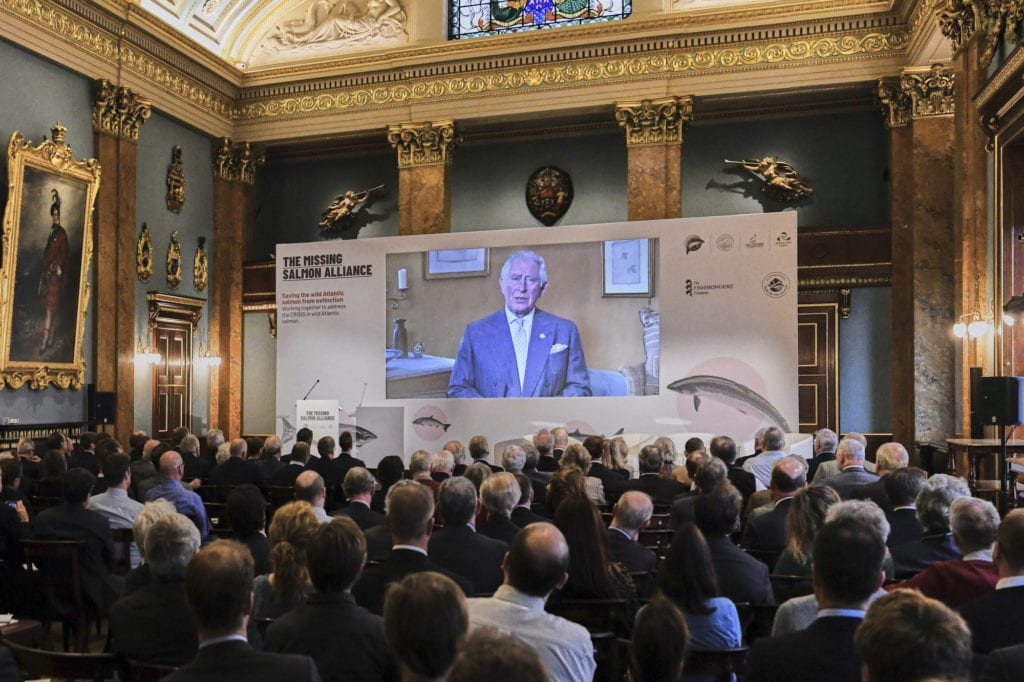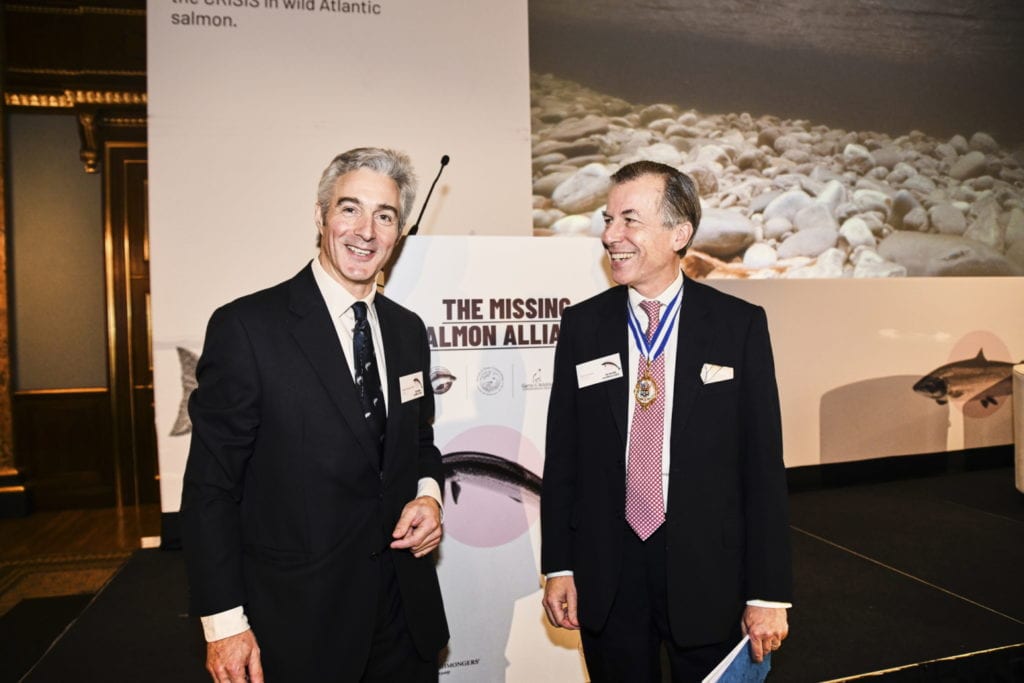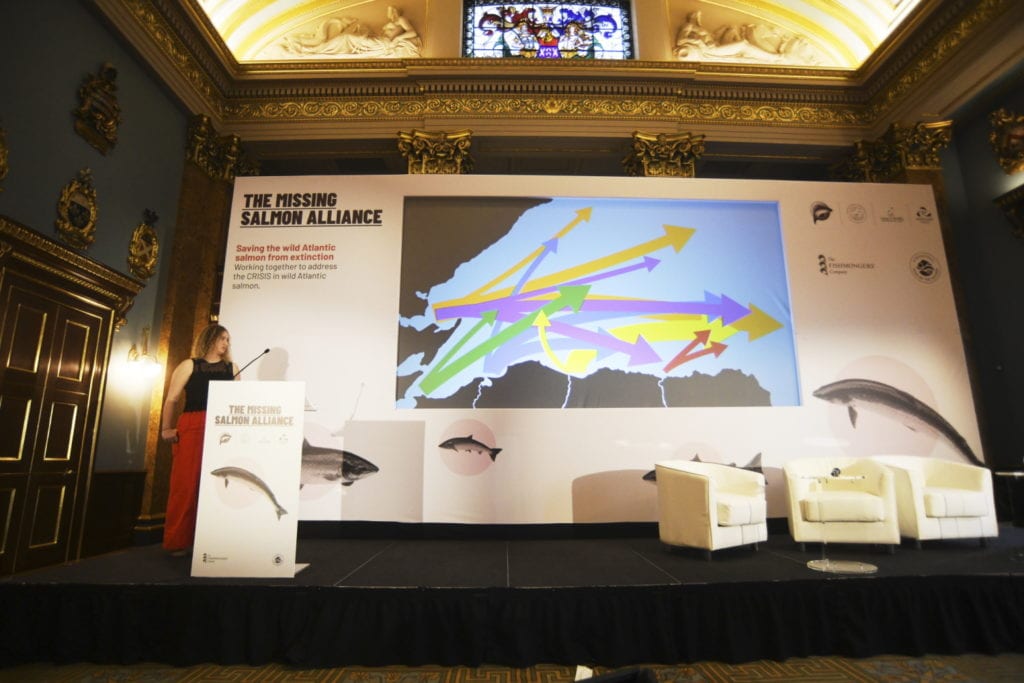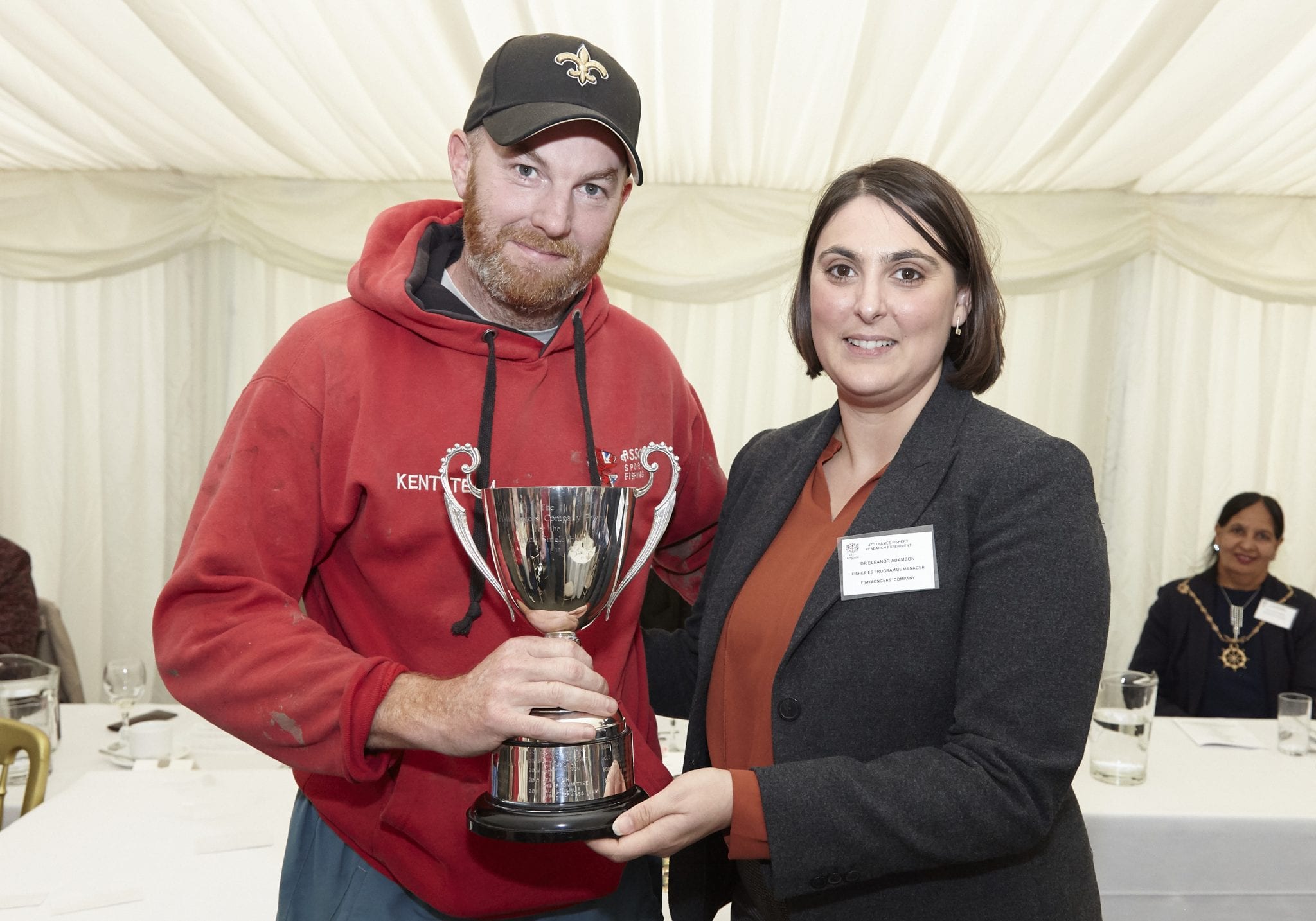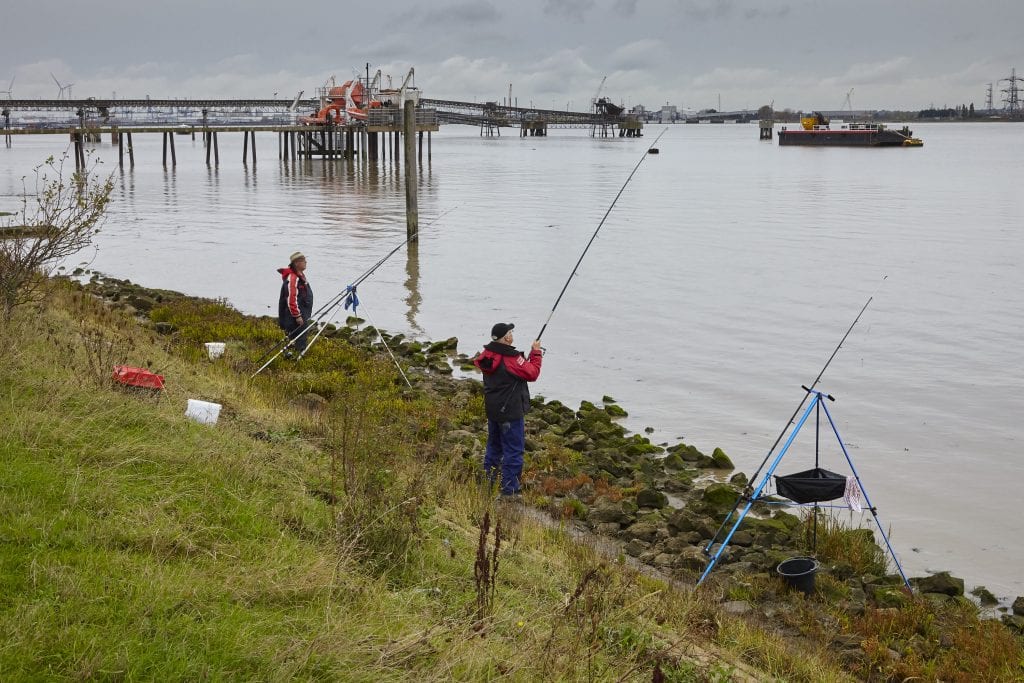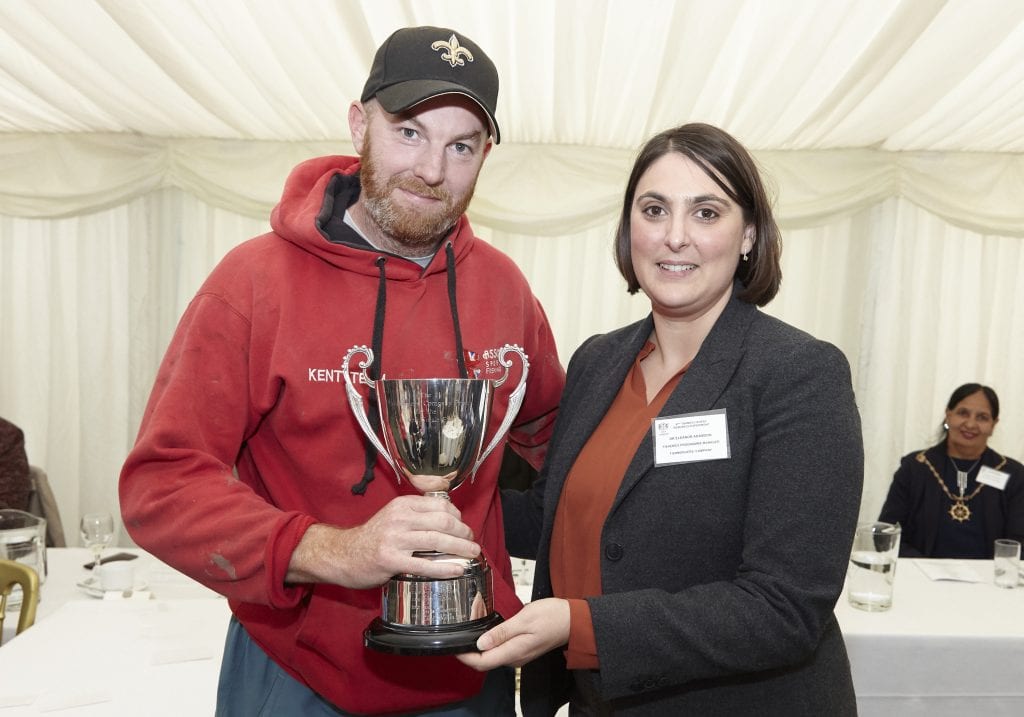A year on from being declared an endangered species in Great Britain by the International Union for the Conservation of Nature (IUCN), new data indicates that wild salmon populations are continuing to decline at an alarming rate. In Great Britain, this iconic and once common fish now shares its status with the tiger and the Ganges river dolphin.
From 27-29th of January environmental organisations from around the world gathered at Fishmongers’ Hall for a critical conference – Wild Salmon Connections, hosted by The Missing Salmon Alliance, aiming to activate an urgent, renewed international focus on wild salmon, inspiring action to secure thriving wild salmon at the heart of healthy ecosystems.

The event implored politicians, regulators and industry to do far more to support wild salmon recovery across both the Atlantic and Pacific where populations of these keystone species are in severe decline. Demonstrating both the gravity of the salmon’s decline, and the convening power of Fishmongers’ Hall as a venue, government officials from the UK, Scotland and Norway spoke at the event, as did representatives of Indigenous Peoples of the Pacific who made a plea for world leaders to save wild salmon and the many cultures which depend on them. You can watch recordings of all sessions from across the 3 day conference here.
Daniel Zeichner MP, Minister of State for Food Security and Rural Affairs, was in attendance and spoke at the event. He said ‘The plight of wild Atlantic salmon is of concern to all of us’, and ‘Last summer when the Secretary of State took charge in his very first week he set out five key priorities for the department in which I serve and two relate very directly to the issues that are under discussion here. One is to clean up our rivers, lakes and seas and the other is to ensure nature’s recovery’.

Mairi Gougeon MSP, Scottish Cabinet Secretary for Rural Affairs, Land Reform and Islands; and Andreas Bjelland Eriksen, Norway’s Minister of Climate and the Environment, also spoke at the event and agreed on the urgent need to do more to protect and restore wild salmon.
In the wake of this keynote international conference the Missing Salmon Alliance have released its Wild Salmon Connections Declaration calling for urgent action and a renewed sense of purpose to arrest the decline and accelerate the recovery of wild salmon. The declaration calls upon governments and all organisations involved in the conservation of wild salmon, to take strong and bold action to:
- Deliver strong policies, actions, and funding to address the range of human pressures that threaten wild salmon and ensure wild salmon have free access to cold clean water and healthy rivers and oceans – the conditions they need to thrive.
- Enable action to conserve, protect and restore rivers at a catchment scale and at a pace that is commensurate with the urgency of the crisis.
- Deliver coordinated action to prioritise evidence gaps in understanding the decline in wild salmon populations.
- Recognise the vital importance of the leadership of Indigenous Peoples, whose resilience and stewardship hold the key to restoring balance and safeguarding this shared resource.
- Urgently address the dramatic decline in salmon sea survival rates through actions to mitigate the impacts of climate change, including warming oceans and shifts in prey species, and manage human pressures that may impact wild salmon
- Develop and implement effective public and private funding mechanisms (including natural capital markets) that will support urgent efforts to deliver the necessary actions detailed in this Declaration.

Following on from the conference, now is the time to focus on deliverable action that can help to halt the decline in the wild Atlantic Salmon. The Company will continue to support the Missing Salmon Alliance in delivering essential research to better understand the drivers of this decline, providing the evidence base to drive the required action at a political level. The Company’s support for the Riverwoods campaign continues to deliver catchment scale, ecosystem restoration, providing the habitat and cold, clean water essential for the survival of the “king of the fish”.

